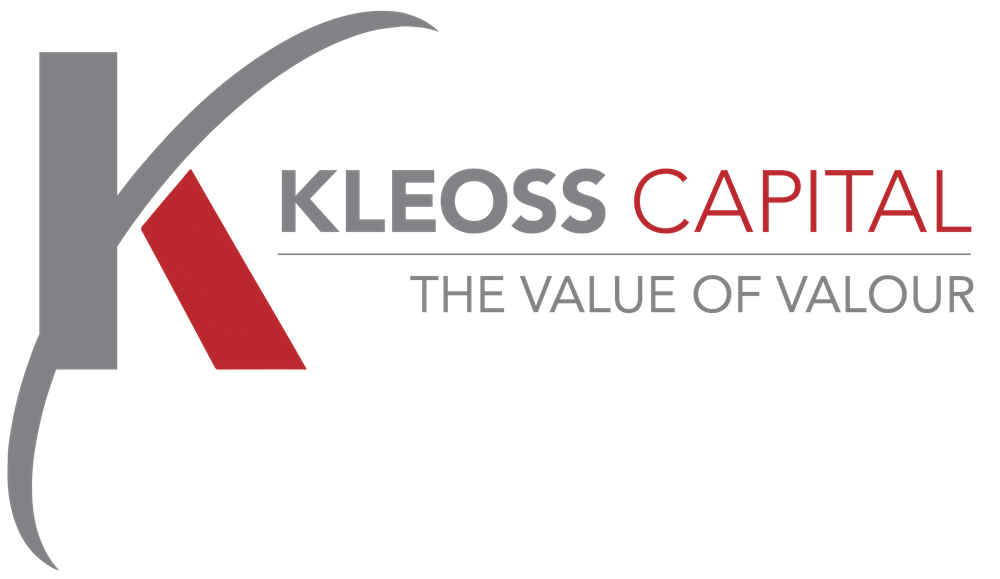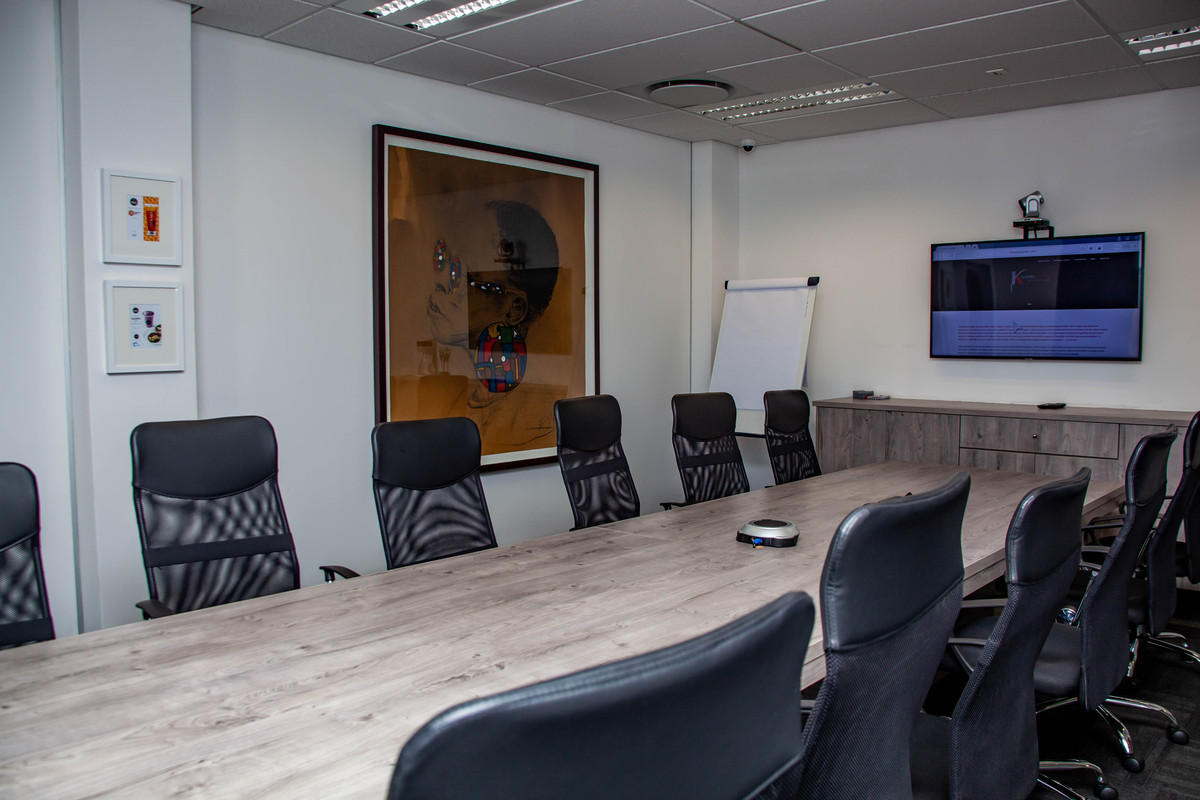
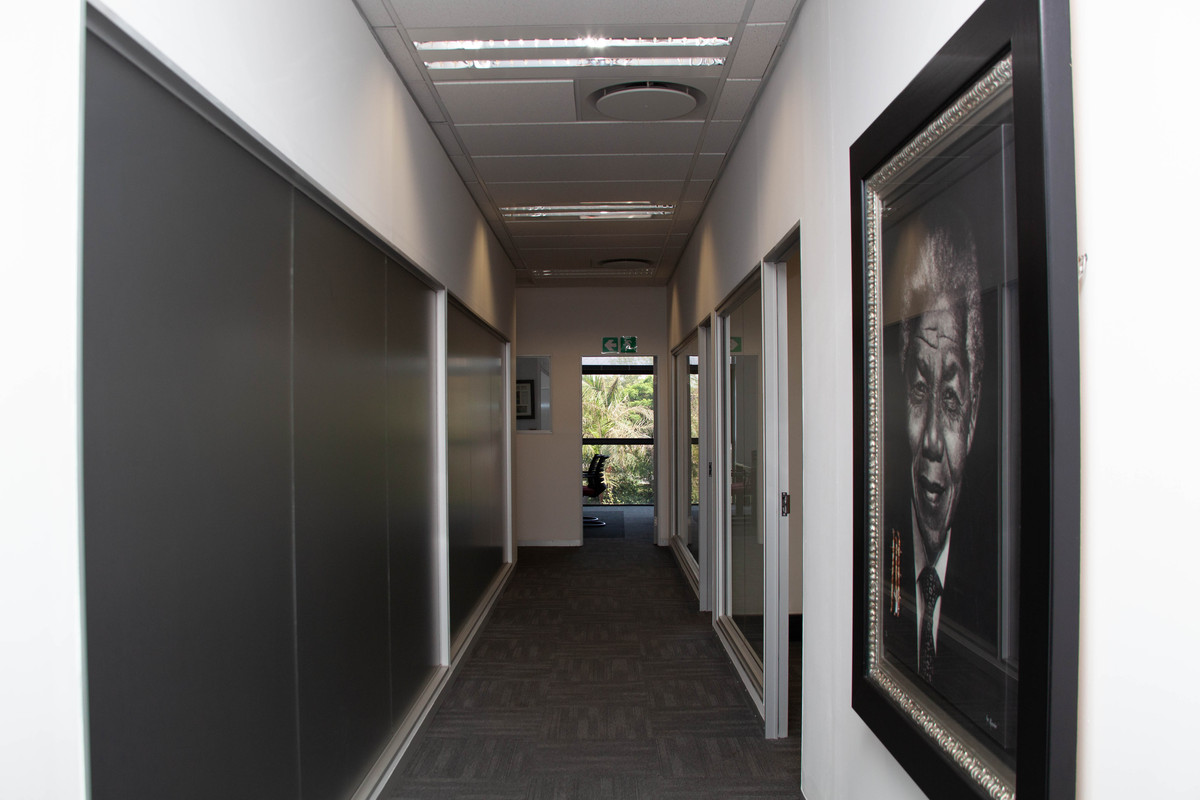
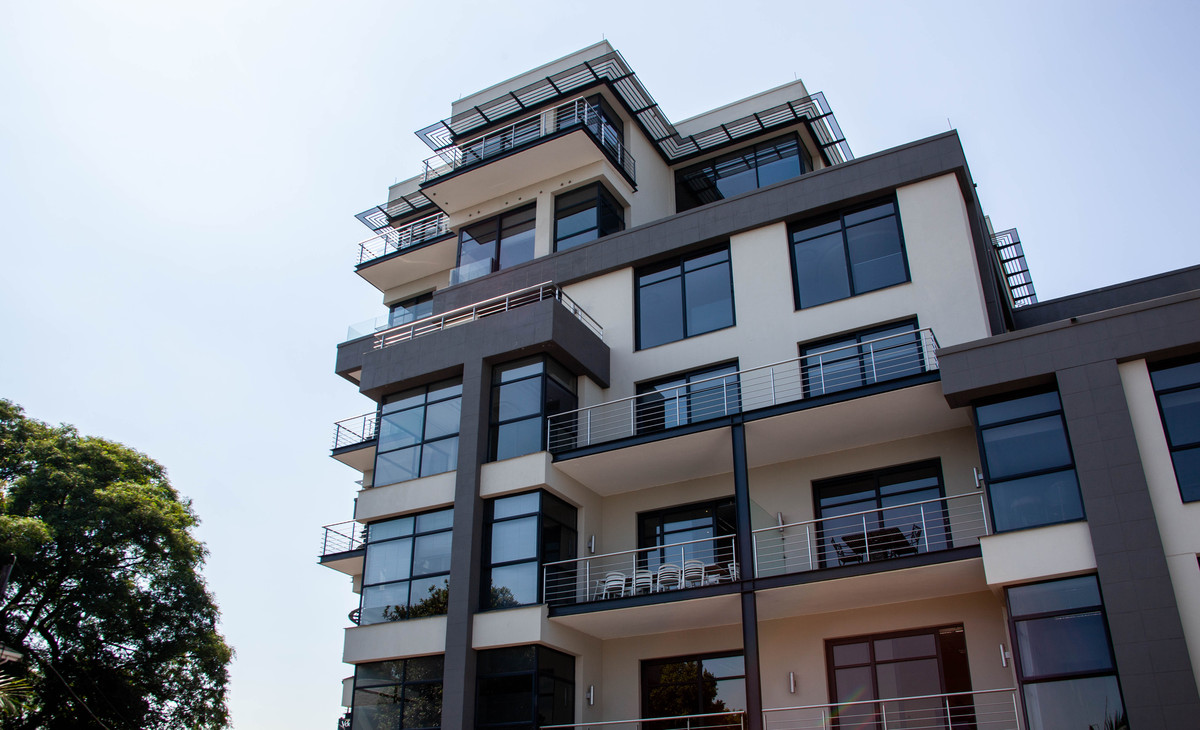
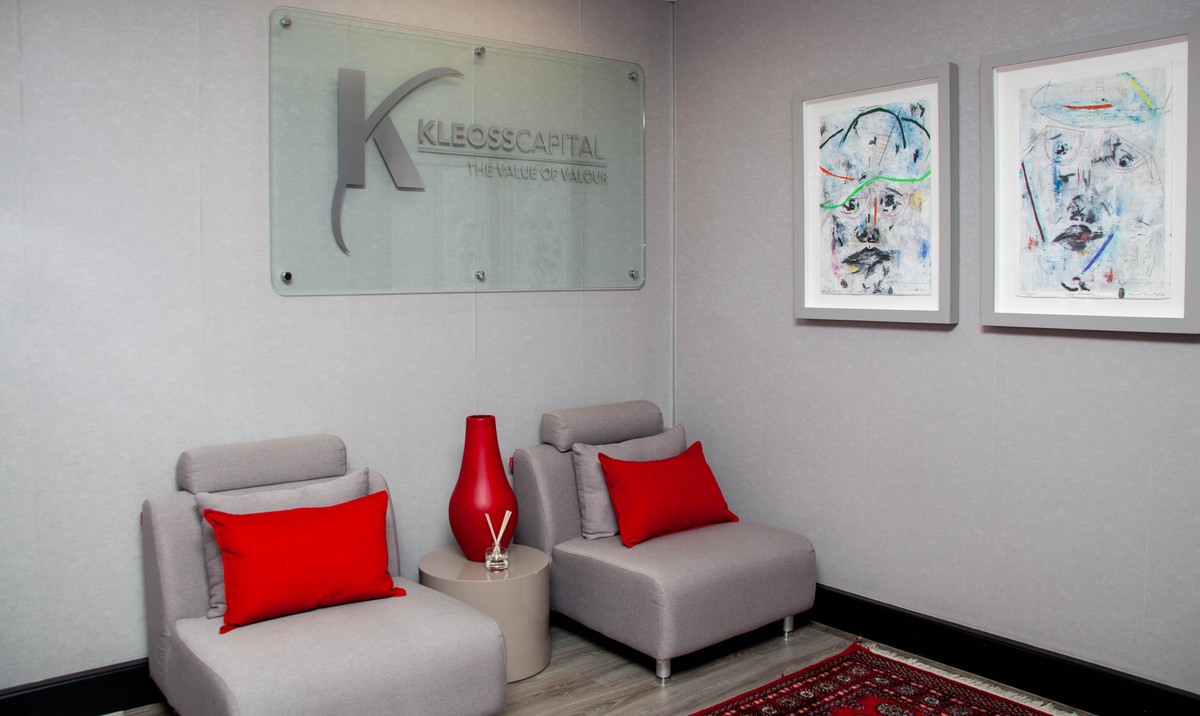
INVESTMENT CRITERIA
Kleoss Capital through its maiden R850million middle market Fund I focuses on acquiring significant equity minority positions to controlling interests investing between R50 million to R150 million per transaction. Fund I has invested solely in South African companies. However, investments in South African companies with growth plans in the rest of Africa or other jurisdictions have been made (e.g. Real Foods and Dartcom). Fund I is sector agonistic and in certain instances it will co-invest with other private equity firms. Fund I specifically considers the following criteria in analysing a potential investment:
A track record of operational success
A track record of operational success via a strong stable management team for a period more than five years is required, which period should include troughs and crests through the economic cycle. If the period is less than five years then a sound business case must be made, e.g. new industry (such as renewable energy or food wellness with high potential growth prospects).
A well-established market presence relative to company size
An ideal target company should be that which has an established market presence either due to its niche offering relative to its larger or similar size competitors or the possession of an investment thesis that keeps it in the ‘game’ relative to its larger or similar size competitors. An example of this could be a competitive cost structure due to, for example, location of operations relative to its market, lower labour costs, etc.
Highly cash generative
A high cash conversion element between Earnings before interest, tax and depreciation/amortisation (EBITDA) and Free Cash Flow (FCF). This is necessary to enhance growth, obtain and reduce acquisition debt and distribute dividends to shareholders.
Attractive acquisition prices
Notwithstanding attractive acquisition prices relative to growth prospects of the target investee companies, where possible risk mitigating structures will be considered to minimise the equity loss. E.g. put options; convertible instruments, etc.
Strategic influence
The target investee company should be amenable to Kleoss taking an active strategic leadership role in the company to promote, inter alia, growth, operational efficiencies, risk management, financial management, financial restructuring corporate governance considerations such as succession planning, systems enhancement, ESG, and transformation.
Identifiable exit strategies
The target investee company should have a number of potential, practical exit strategies such as an initial public offering, trade sale, secondary market, management buyout and possibly roll-over within a seven to ten year investment horizon.
